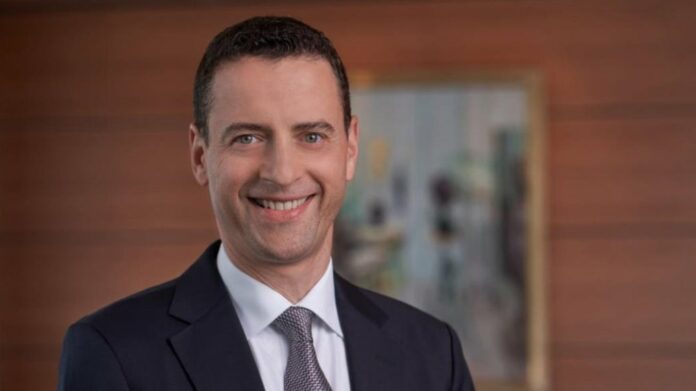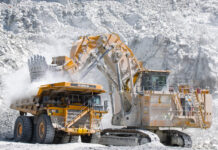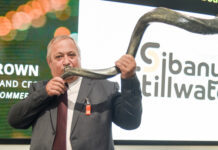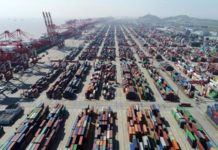
GLENCORE announced today a $2bn supplement to the year-end payout saying the increase was owing to booming and volatile energy markets.
A total of $7.1bn in returns was unveiled for the 12 months ended December 31. It comprises a $5.1bn base distribution ($0.56/share) and a $500m ($0.04/share) top up as well as a new $1.5bn share buyback programme.
Glencore CEO Gary Nagle hailed “unprecedented developments in global energy markets” that positively affected its mining and trading margins. Group adjusted Ebitda came in at $34.1bn, a year-on-year increase of $12.8bn.
Coal comprised 56% of Ebitda with the fuel registering a 65% Ebitda margin. This was owing to an increase in coal price – worth $12.2bn of Ebitda – with the Newcastle and API coal grades up 163% and 117% respectively. But coal’s higher contribution also came from increased volumes as a result of Glencore’s buyout of partners in Cerrejon, the Colombia coal mining complex.
Income from metals production fell $2.7bn year-on-year to $9.3bn as a result of lower volumes and higher costs. This was partly owing to a decline in production from Katanga copper in the Democratic Republic of Congo which fell to 220,000 tons compared to 260,000 tons in the previous year, equal to an Ebitda decline of $1bn.
Energy products – coal and oil trading – benefited Glencore’s marketing division especially. Nagle said the group had navigated “extreme market imbalances, volatility and dislocations which he put down to “the global pandemic, recovery fromit and years of underinvestment, followed by conflict in Europe”.
Equity cash flow increased 83% year-on-year to $24bn. At $75m as of end-December, net debt was all but rubbed out, especially for a company as cash generative as Glencore currently. It caps net debt at $10bn.
Commenting on the outlook, Nagle said the demand outlook for Glencore’s products was positive owing to the reopening of China’s economy following its strict Covid shutdown regime as well as the pursuit of energy security and decarbonisation. These were structurally positive demand drivers with supply constraints in important commodities.
Based on current spot prices for its metals and energy products, an illustrative group Ebitda would be $22.6bn of which coal would contribute $9.3bn. “We are all looking for the bottom of the price,” said Glencore CFO Steve Kalmin.











